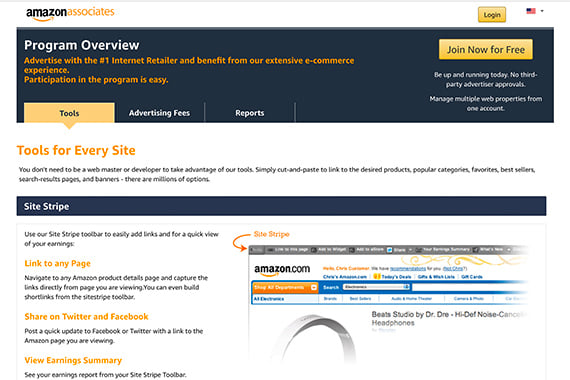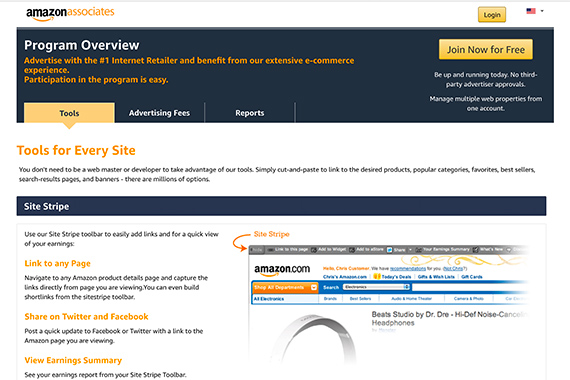Affiliate marketing is a promotional model that connects merchants with independent marketers who are willing to invest time and money to sell the merchant’s products. Returning to Amazon’s program, the company spells out which sales qualify for affiliate payments. Affiliate Ads Once an affiliate marketer understands how to get paid, she will begin promoting the advertiser’s products. Advertisers — i.e., online retailers — need a way to recruit affiliate marketers, track their sales, and process commissions for qualified sales. They can use an affiliate network that acts as a go-between, connecting the advertiser to affiliate marketers and managing the tracking and payments in exchange for a service fee. In this second scenario, the software will do the work of tracking affiliate payments, but the advertiser will need to recruit affiliate marketers and manage the payment process. This is the “time” required to manage an affiliate marketing program as opposed to the software used. Affiliates will need to understand the advertiser’s target customers, the advertiser’s products, and the advertiser’s brand. The merchant may also create approved banner ads and otherwise provide graphics and advertising material. And like any other form of ecommerce marketing, a merchant’s marketing team will need to track performance.
Affiliate marketing is a promotional model that connects merchants with independent marketers who are willing to invest time and money to sell the merchant’s products.
Put another way, affiliate marketing connects a business that has a product to sell with a marketer who can sell it.
Affiliate marketing is performance based. Thus advertisers only pay when affiliates deliver a specified customer action. In the ecommerce context, this action is typically an online purchase, which makes affiliate marketing very cost effective.
Payments to Affiliates
The approach to affiliate payments just described is often called pay-per-sale. It is by far the most popular form of affiliate compensation. Some estimates suggest that more than 80 percent of affiliate programs are pay-per-sale.

For example, Amazon, which operates one of the world’s largest ecommerce affiliate programs, pays affiliates a percentage of each “qualified sale.” The exact percentage varies, but according to the Amazon Associates website, affiliates can earn up to 10 percent.
The term “qualified sale” (or its synonym, “qualified purchase”) is important in the affiliate marketing context because the advertiser (the ecommerce merchant) defines in advance what constitutes a qualified sale. When an affiliate agrees to promote the merchant’s products, that affiliate is accepting the merchant’s definition of a “qualified sale.”
Given the mutual dependence on what “qualified sale” means (or “qualified purchase”), it is important for advertisers to carefully define how an affiliate will be paid. Returning to Amazon’s program, the company spells out which sales qualify for affiliate payments.
Here are examples of what might define a qualified purchase.
- The customer clicks a specific affiliate link.
- The product purchased must be added to the shopping cart during a single session following the aforementioned click.
- The customer must pay for and receive the product purchased.
…

COMMENTS